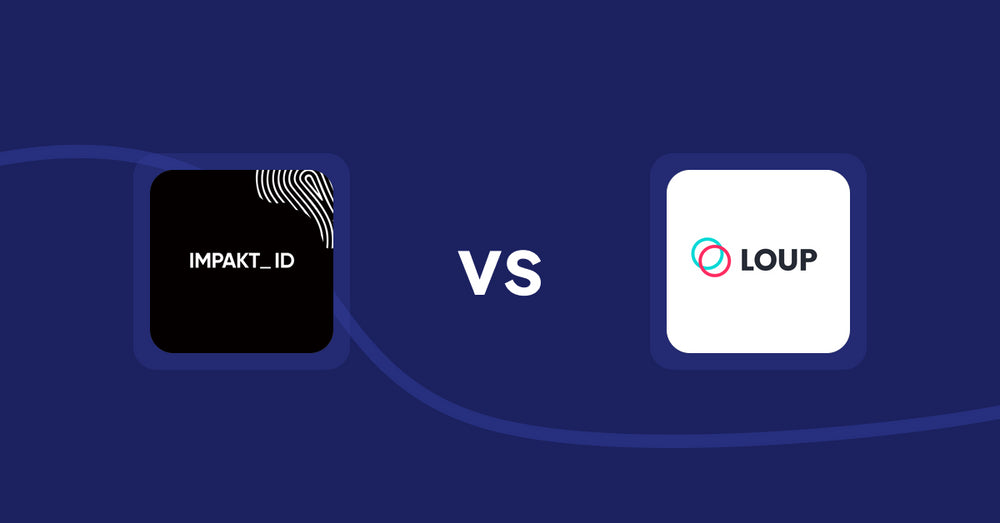Shopify Product Display Apps: ServeUp ‑ Restaurant Menu vs Addify ‑ Country Restrictions

Table of Contents
- Introduction
- How Does ServeUp ‑ Restaurant Menu Work?
- How Does Addify ‑ Country Restrictions Work?
- How Much Does ServeUp ‑ Restaurant Menu Cost?
- How Much Does Addify ‑ Country Restrictions Cost?
- Cost Analysis: ServeUp ‑ Restaurant Menu vs. Addify ‑ Country Restrictions
- User Reviews & Customer Support Insights
- Integration and Compatibility Comparison
- Conclusion
Introduction
In the evolving landscape of e-commerce, effective product display is more crucial than ever. The way products are presented can significantly impact customer engagement and conversion rates. A well-structured product listing is not just about aesthetics; it's about creating an enjoyable shopping experience that encourages customers to buy. Product display apps enhance this aspect by providing merchants with tools to showcase their offerings creatively and efficiently.
Two contenders in this space are ServeUp ‑ Restaurant Menu and Addify ‑ Country Restrictions. While both apps offer distinct functionalities aimed at enhancing product visibility, ServeUp stands out as the more robust option for businesses looking to provide a seamless product display experience. See how these two apps compare in terms of features, usability, and overall value.
How Does ServeUp ‑ Restaurant Menu Work?
ServeUp ‑ Restaurant Menu is designed to transform the traditional product display into an elegant, customizable menu that suits various dining establishments. Its primary objective is to provide a user-friendly interface to showcase food and drinks attractively and effectively.
Key Features
-
Multiple Layouts and Product Views: ServeUp offers two layout options and three different product card views. This flexibility allows businesses to choose how they want to present their menu, optimizing the visual appeal for their target audience. For instance, a bustling café might prefer vibrant, eye-catching layouts, while a fine dining restaurant might lean towards a sleek and elegant presentation.
-
Allergen and Nutritional Information: Including crucial details such as allergens and nutritional facts can enhance customer trust and satisfaction. For restaurants with health-conscious menus, this feature can greatly influence purchasing decisions.
-
Badge Collections: This feature enables restaurants to visually enhance product listings by emphasizing dish details such as specials or dietary preferences (e.g., vegan, gluten-free). The ability to communicate key information quickly can increase customer engagement.
-
Customizable User Interface: The option for UI customization allows businesses to adjust the aesthetics of the menu to match their brand identity, providing a unique feel that resonates with customers.
-
Light and Dark Themes: This feature enhances usability in various lighting conditions, ensuring that customers have a comfortable browsing experience regardless of the environment.
-
Excellent Customer Support: ServeUp promises 24/7 customer support, ensuring that businesses can get assistance whenever they need it. This feature is particularly invaluable for establishments that operate outside regular business hours.
Benefits and Hypothetical Scenarios
Consider a mid-sized restaurant planning to update its menu. By utilizing ServeUp, the restaurant can easily customize the layout to highlight seasonal specialties while ensuring that allergen information is prominently displayed. This not only boosts customer satisfaction but can also lead to higher order volumes as diners feel more informed and engaged. Similarly, a startup café can leverage badge collections to spotlight new items or promotions, driving initial interest and foot traffic.
How Does Addify ‑ Country Restrictions Work?
In contrast, Addify ‑ Country Restrictions focuses on managing product visibility based on geographic location. This app is especially useful for Shopify merchants operating in multiple countries. By utilizing this tool, merchants can customize the shopping experience depending on the customers' locations.
Key Features
-
Rule-Based Management: Addify allows merchants to set specific rules for products visible in various countries. For instance, if a product is only available in certain regions, merchants can easily hide it from customers in areas where it can't be delivered.
-
Custom Text Replacement: Merchants can replace the prices or add-to-cart buttons with custom messages, communicating product availability or alternatives directly.
-
Blocking Country Access: Some merchants may want to restrict access entirely to customers from certain nations. This feature allows for precise control over who can see and buy products.
Benefits and Use Cases
For a business that sells unique items globally but has limitations on shipping, Addify can be instrumental. If a product can't ship to certain countries, the merchant can hide that product, preventing customer frustration over unavailable items. However, while the app provides essential functionalities, it does not focus on the enhanced display or user experience of products.
How Much Does ServeUp ‑ Restaurant Menu Cost?
Cost-effective solutions in product display are vital for maximizing profitability. ServeUp offers a single pricing tier that delivers a comprehensive set of features.
Pricing Structure
- Price: $9.99 per month
- Features Included: This plan includes two layouts, three product card views, allergen and nutritional facts, badge collections, a customizable UI, light and dark themes, and round-the-clock customer support.
- Limitations: Currently, there is only one pricing tier, which may not provide flexibility for businesses seeking more advanced features.
- Target Audience: This plan is well-suited for startups, small to medium businesses, and larger enterprises looking for an all-in-one solution to improve their menu display.
- Additional Costs: No additional fees are mentioned, making the plan straightforward for budgeting.
“It is important to note that you can always reach out to our team and we can create a custom pricing plan to suit your needs and your budget. Schedule a call via this link and we’ll come up with the best solution for you and your business.”
How Much Does Addify ‑ Country Restrictions Cost?
As with ServeUp, understanding the cost is crucial for businesses considering Addify.
Pricing Structure
- Basic Plan: $3.99 per month – Aimed at Shopify Basic plan users.
- Standard Plan: $4.99 per month – Designed for Shopify Standard plan users.
- Advanced Plan: $5.99 per month – Targeted for Shopify Advanced plan users.
- Plus Plan: $6.99 per month – For Shopify Plus plan users.
While the prices are attractive, it's essential to note that the varying tiers cater primarily to different Shopify plans, rather than offering differentiated functionalities.
Insights
Understanding that cost-effective solutions lead to better margins, Addify provides competitive pricing, but the limited focus on enhanced product displays may deter some merchants from making the leap.
Cost Analysis: ServeUp ‑ Restaurant Menu vs. Addify ‑ Country Restrictions
When comparing the pricing strategies of both apps, ServeUp presents a clear value proposition. For a price of $9.99, users receive expansive features ideal for product display—a necessity for thriving in the food service market.
In contrast, Addify, while more affordable, provides essential functionalities primarily suited for businesses managing geographic visibility rather than enhancing product display or user experience. ServeUp's superior capabilities may justify its cost, especially for businesses where presentation directly impacts sales.
User Reviews & Customer Support Insights
Is ServeUp ‑ Restaurant Menu Good?
ServeUp is highly rated with an impressive 5-star rating from 64 reviews, indicating strong customer satisfaction. Users appreciate the intuitive layout and impressive customization options that enhance their menu displays. With its launch in August 2022, ServeUp has quickly established itself as a dependable tool for restaurants.
Is Addify ‑ Country Restrictions Good?
Currently, Addify holds a 0-star rating due to the lack of user reviews. While this does not reflect on the app's efficacy, it does lead to skepticism regarding its functionality and ease of use. Potential users might appreciate the ability to manage international sales but could criticize the app for not offering options to improve product visibility or engagement.
Customer Support Feedback
Good customer support can significantly influence a user's experience, and ServeUp excels in this area by offering 24/7 support, as highlighted in its description. In contrast, Addify has no specific mention of customer support availability, which could be a concern for potential users.
User Preference: ServeUp ‑ Restaurant Menu or Addify ‑ Country Restrictions?
When comparing user ratings, ServeUp clearly emerges as the preferred choice. Its robust features and dedicated customer support create a strong foundation for merchants. The absence of reviews for Addify raises questions about its user experience, and many may find it lacking in comparison.
Integration and Compatibility Comparison
ServeUp ‑ Restaurant Menu Integrations
While specific integrations are not mentioned for ServeUp, its compatibility with various Shopify themes enhances its versatility in different e-commerce environments. Businesses can expect ease of use and a seamless experience while incorporating ServeUp into their existing setups.
Addify ‑ Country Restrictions Integrations
Addify does not provide detailed integration options either, focusing more on functionality like hiding products based on geographic location. However, as with ServeUp, users can anticipate a straightforward implementation process with minimal friction when integrating this app into their Shopify stores.
Conclusion
While both ServeUp ‑ Restaurant Menu and Addify ‑ Country Restrictions offer functional products for specific use cases, ServeUp stands out with its robust feature set, user-friendly design, and stellar customer support. For businesses seeking to enhance their product display, ServeUp not only delivers superior aesthetics and functionality, but its pricing also reflects great value for the features provided.
In contrast, while Addify might serve a niche purpose for merchants managing geographic restrictions, its lack of user reviews and a distinct focus on product visibility diminishes its appeal. Ultimately, ServeUp ‑ Restaurant Menu is the more favorable solution for businesses looking to elevate their menu’s presentation and overall customer experience.
Still Searching for the Perfect Customization Solution?
Stop searching and start thriving with Accentuate Custom Fields! This powerful metafield management app supercharges Shopify’s native features, giving you the tools to create a truly personalized customer experience.
Why Choose Accentuate Custom Fields?
- Advanced Customization: Unlimited field definitions, logical grouping, and custom layouts make your store one-of-a-kind.
- Enhanced Editor Experience: Effortlessly edit variant metafields, use advanced HTML and markdown editors, and sync field definitions between stores.
- Flexible Management: Import/export capabilities, automatic tagging, and comprehensive support for Metaobjects and versioning.
- 24/7 Support: If you have any questions or need assistance, our team is available around the clock to help with any custom modifications to suit your store.
Join over 12,000 merchants, including top Shopify Plus stores, who trust Accentuate for their customization needs. With a stellar 4.9-star rating, Accentuate is the go-to tool for advanced CMS needs, offering unmatched flexibility and control over your store’s content. Elevate your Shopify store with high-quality content that boosts customer experiences and conversions. Tell your story, showcase your products, and create an engaging customer journey with ease.
Experience the Accentuate difference and watch your Shopify store thrive!
Accentuate vs Competition
Explore how Accentuate Custom Fields stands out. Whether you’re aiming to customise your storefront, streamline operations or improve content management, see how we compare against the competition

Shopify Product Display Apps: FeatureFrame ‑ Pretty Product vs. AI SEO: Top Product Features

Shopify Product Display Apps: Metadrob: Create Virtual Store vs シンプルクラウドファンディング|お手軽自社クラファン
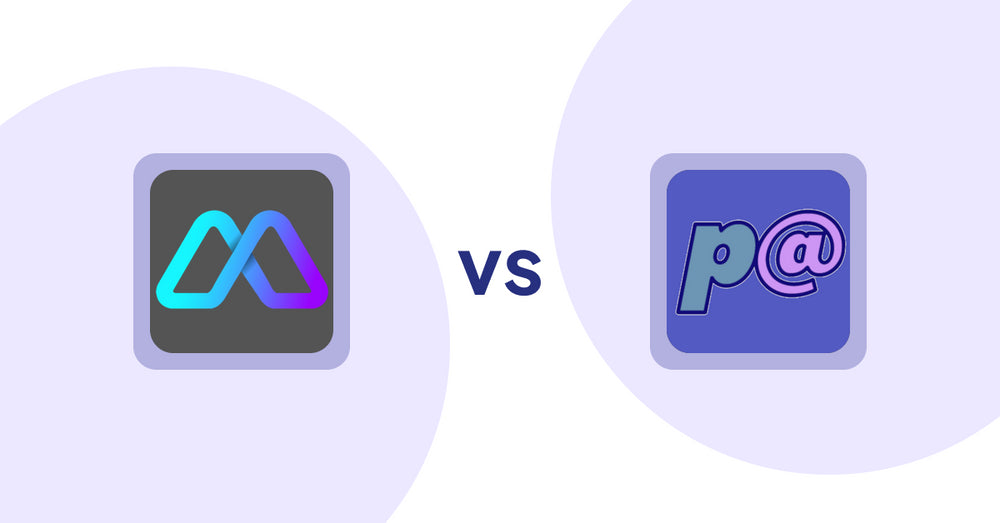
Shopify Product Display Apps: Metadrob: Create Virtual Store vs Parameterizer
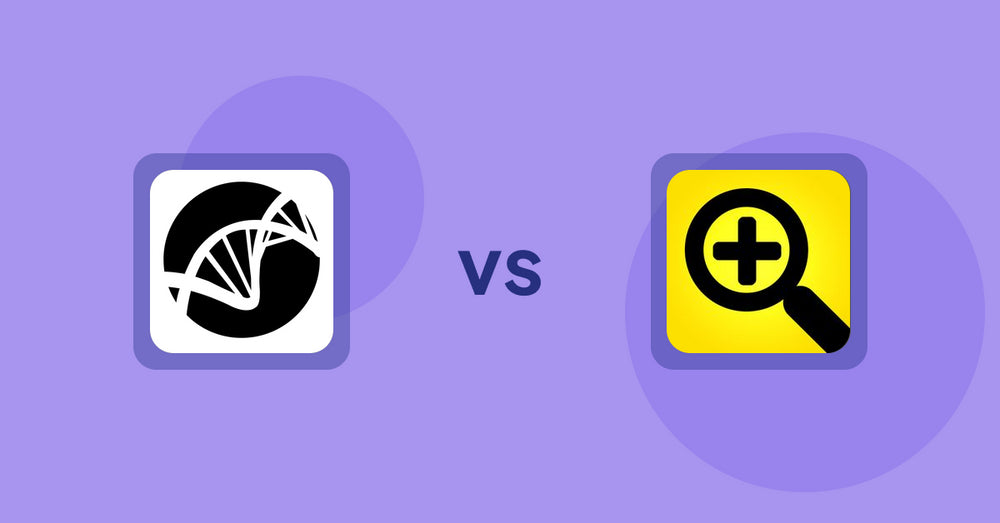
Shopify Product Display Apps: Bike Matrix vs. Fast View: Fastest Quick View
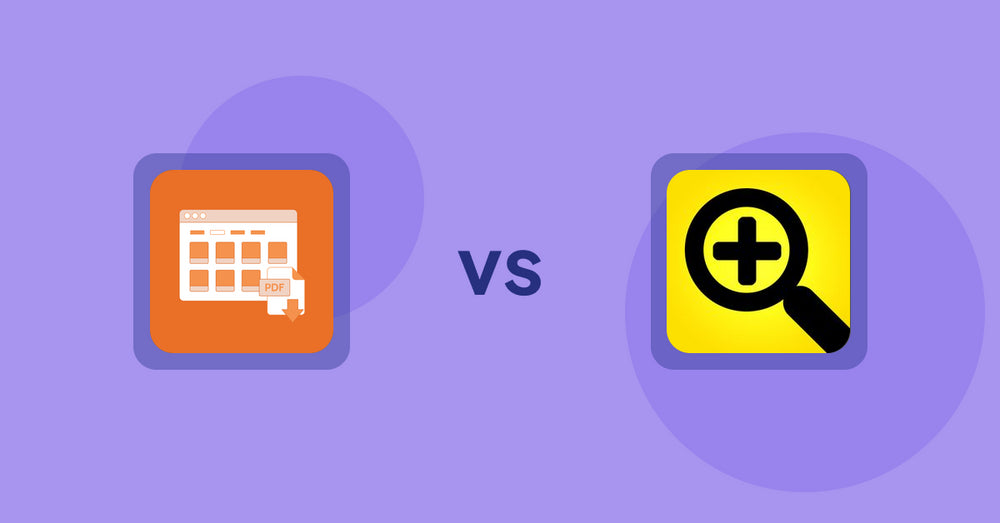
Shopify Product Display Apps: Meetanshi PDF Product Catalog vs Fast View: Fastest Quick View

Shopify Product Display Apps: UR: Smart Ranking vs Sortyfi Collection Merchandise

Shopify Product Display Apps: UR: Smart Ranking vs PDP Star

Shopify Product Display Apps: Menulog vs Reelify ‑ Shoppable Reel Video

Shopify Product Display Apps: H3 Estimated Delivery vs Findify Search & Merchandise

Shopify Product Display Apps: Wordo ‑ ChatGPT AI Description vs Urgency! Low Stock Counter

Shopify Product Display Apps: WS Transparency vs シンプル会員注文割引|お手軽ログインセール設定

Shopify Product Display Apps: WS Transparency vs Reelify ‑ Shoppable Reel Video

Shopify Product Display Apps: Awesome Ranking vs シンプル売り切れ非表示|在庫切れ商品の表示変更

Shopify Product Display Apps: OC Product Size Chart vs FeatureFrame ‑ Pretty Product

Shopify Product Display Apps: Shelfify vs Bike Matrix
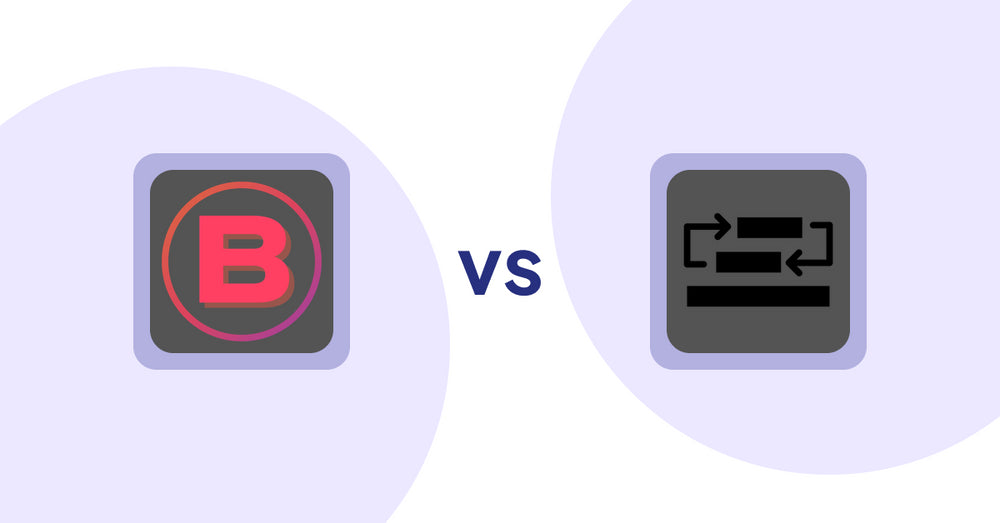
Shopify Product Display Apps: Banter Stories vs Sortyfi Collection Merchandise

Shopify Product Display Apps: Banter Stories vs. Reelify ‑ Shoppable Reel Video

Shopify Product Display Apps: Wordsmith: Content Generator vs Parameterizer

Shopify Product Display Apps: Wordsmith: Content Generator vs Reelify ‑ Shoppable Reel Video

Shopify Product Display Apps: Bringin vs CartBar ‑ Product Purchase Bar
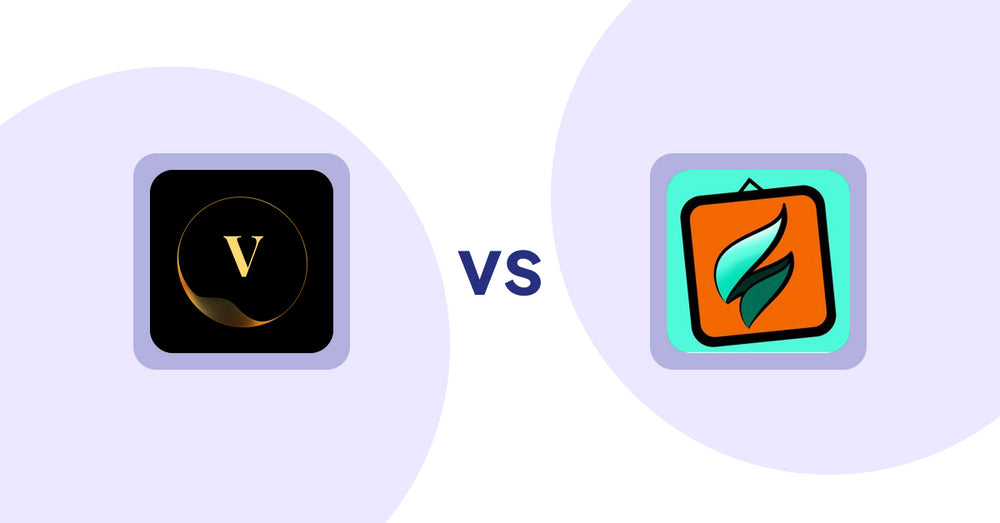
Shopify Product Display Apps: ProductTube vs SMART ‑ Art Product Builder

Shopify Product Display Apps: Xpander vs PDP Star

Shopify Product Display Apps: Xpander vs Banter Stories

Shopify Product Display Apps: Wonderful Widgets vs Bringin

Shopify Product Display Apps: BookE - Rent Property & Service vs Metadrob: Create Virtual Store

Shopify Product Display Apps: BookE ‑Rent Property & Service vs. Banter Stories

Shopify Product Display Apps: Product Table vs. Xpander

Shopify Product Display Apps: Selling Fast vs CartBar ‑ Product Purchase Bar

Shopify Product Display Apps: Selling Fast vs. Loup: Sell on Instagram

Shopify Product Display Apps: Selling Fast vs. Findify Search & Merchandise

Shopify Product Display Apps: Selling Fast vs. Aiuta

Shopify Product Display Apps: Selling Fast vs Bestsellr

Shopify Product Display Apps: Selling Fast vs ProductTube

Shopify Product Display Apps: Extendons Product Tag Images vs Urgency! Low Stock Counter

Shopify Product Display Apps: Writer Sofia vs シンプルクラウドファンディング|お手軽自社クラファン

Shopify Product Display Apps: Writer Sofia vs Wordsmith: Content Generator
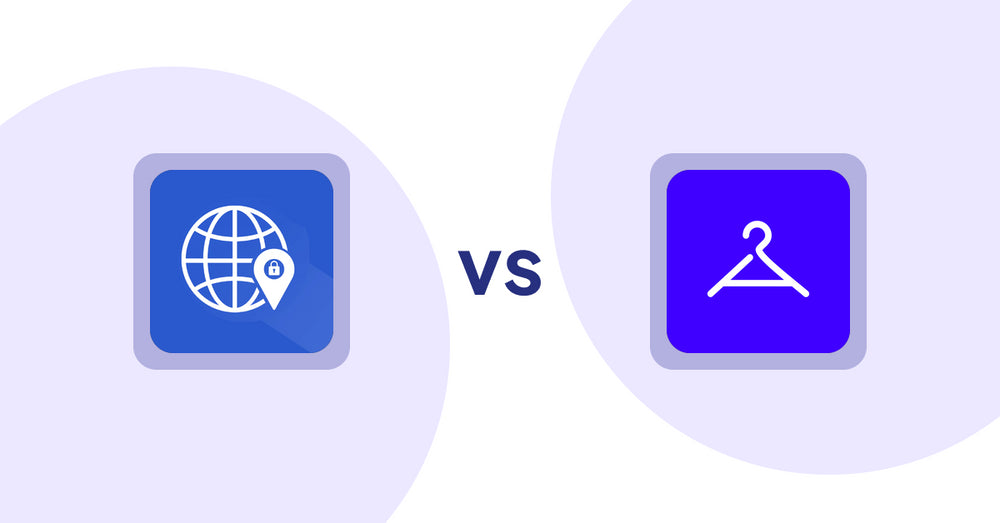
Shopify Product Display Apps: Addify ‑ Country Restrictions vs Aiuta
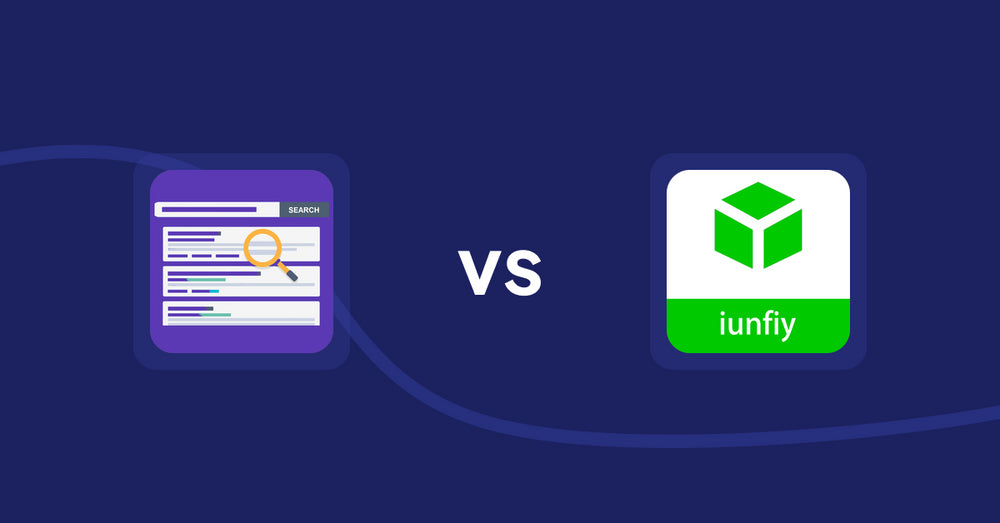
Shopify Product Display Apps: Spark AI Products Description vs iunfiy • Related Products

Shopify Product Display Apps: BeUnico vs Loup: Sell on Instagram

Shopify Product Display Apps: Easy Estimate Shipping vs BookE ‑Rent Property & Service

Shopify Product Display Apps: Easy Estimate Shipping vs. Spark AI Products Description

Shopify Product Display Apps: Mugshot Bot vs Parameterizer
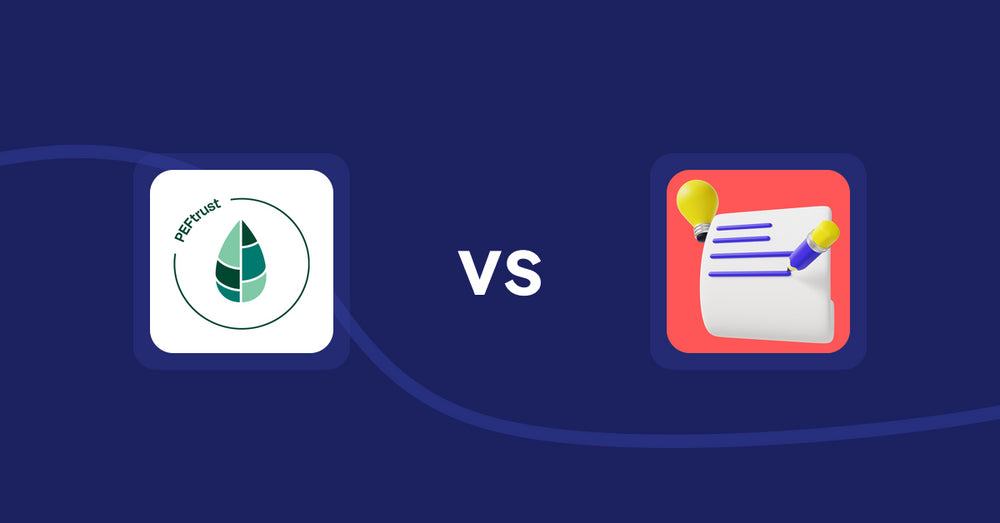
Shopify Product Display Apps: Peftrust vs. Wordo ‑ ChatGPT AI Description

Shopify Product Display Apps: Quick Product Navigator Slide vs Reelify ‑ Shoppable Reel Video

Shopify Product Display Apps: Quick Product Navigator Slide vs. UR: Smart Ranking

Shopify Product Display Apps: Eazy Specification Tags Table vs Agile Attachments

Shopify Product Display Apps: Jedi Back In Stock Admin Alert vs FeatureFrame ‑ Pretty Product

Shopify Product Display Apps: Jedi Back In Stock Admin Alert vs. Findify Search & Merchandise

Shopify Product Display Apps: Jedi Back In Stock Admin Alert vs Banter Stories
